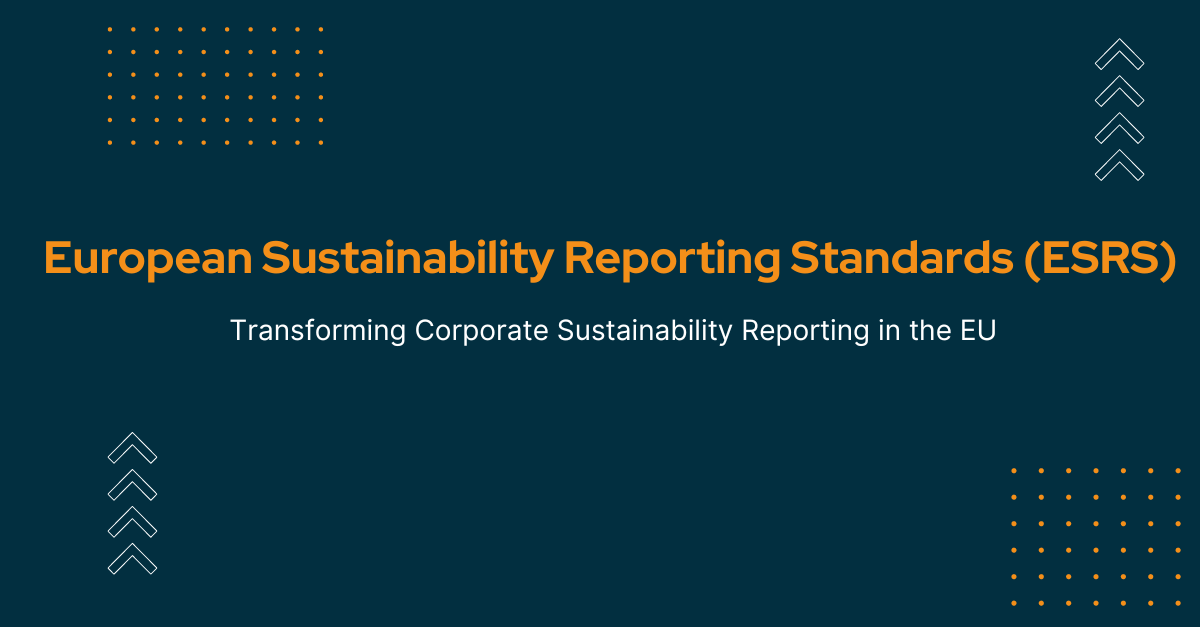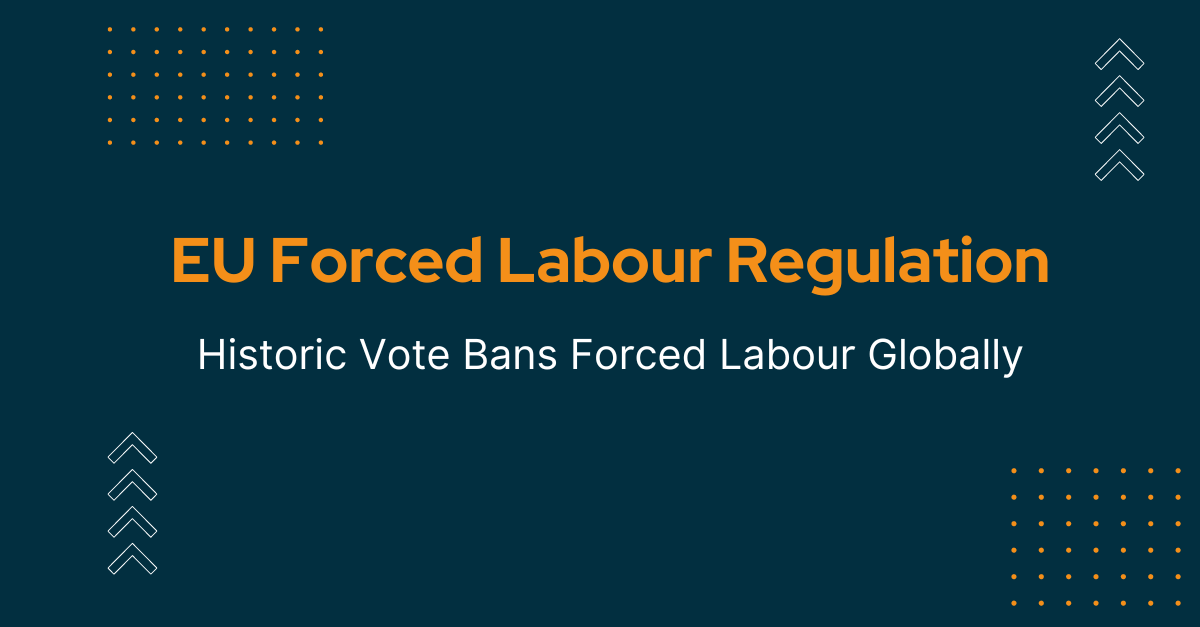Understanding EU REACH Compliance The Three Lists You Need to Know SVHc Candidate List, Annex XIV Authorisation List, Annex XVII Restricted list
The European Union's REACH regulation is in place to protect human health and the environment from potentially hazardous substances. There are three key lists that companies operating within the EU need to be aware of in order to ensure compliance with these regulations: the Candidate List of Substances of Very High Concern (SVHC), the Authorisation List (Annex XIV), and the Restriction List (Annex XVII). Let's take a closer look at each of these lists:
The Candidate List of Substances of Very High Concern (SVHC)
The Candidate List of SVHCs includes substances that may pose serious risks to health or the environment due to their hazardous properties. These substances are subject to further investigation and potential regulation under REACH.
The Candidate list is updated every six months as new substances of very high concern are added to the list. If a substance is on the Candidate list, it's important for companies to disclose its use to customers and also waste operators /recyclers via the SCIP database. However, this disclosure doesn't necessarily mean that the use of these SVHCs is the end of the story. These substances are candidates for further regulation under the Authorisation List (Annex XIV) of the REACH regulation.
The Authorisation List (Annex XIV)
The Authorisation List (Annex XIV) includes substances that require special authorization before they can be used within the EU. These substances are considered particularly risky and are only granted authorization if there are no suitable alternatives available.
The Authorisation list includes information about the approved uses of each substance, as well as a "sunset date" - the date after which the substance is no longer allowed to be placed on the EU market unless an exemption or authorization has been granted. It's important to note that the Authorisation list is not static - it can be updated to add new authorizations or change sunset dates for certain substances. This means that it's important for companies to stay up-to-date on the latest changes to the list.
Understanding the Restriction Process in Annex XVII
The restriction process in Annex XVII involves the identification and inclusion of hazardous substances, mixtures, or articles that pose risks to human health, and the environment, or have other negative impacts. The process includes thorough scientific evaluations, stakeholder consultations, and decision-making by the European Chemicals Agency (ECHA) and the EU Member States.
The restrictions in Annex XVII can include concentration limits, total content limits, or bans on the use of certain substances. These restrictions may be updated or amended periodically, and businesses must stay updated with the latest changes to ensure compliance.
Impacts of Annex XVII on Different Sectors
The impacts of Annex XVII vary across different sectors, including but not limited to:
- Chemical Manufacturing - Chemical manufacturers need to carefully assess their products against the substances listed in Annex XVII to ensure compliance. Failure to comply with the restrictions or prohibitions can result in serious consequences, such as the inability to market products in the EU, loss of customers, and potential legal liabilities.
- Consumer Goods - Manufacturers of consumer goods, such as toys, textiles, electronics, and furniture, must also comply with Annex XVII to ensure that their products do not contain restricted substances above the permissible limits. Compliance with Annex XVII is crucial to avoid product recalls, fines, and reputational damage.
- Automotive Industry- The automotive industry is also significantly impacted by Annex XVII, as it regulates the use of hazardous substances in vehicles. Manufacturers need to ensure that their vehicles comply with the restrictions on substances such as lead, cadmium, and chromium to meet regulatory requirements and maintain their market access.
Merits of Compliance with Annex XVII
Compliance with Annex XVII of the REACH Regulation offers numerous benefits to businesses and industries, including:
- Legal Compliance: Ensuring adherence to EU regulations and avoiding penalties, fines, and legal liabilities associated with non-compliance.
- Market Access: Maintaining access to the EU market, which is one of the largest and most lucrative markets in the world, by complying with Annex XVII requirements.
- Brand Reputation: Demonstrating commitment to environmental and human health protection, and building a positive brand reputation among consumers, investors, and stakeholders.
- Risk Mitigation: Minimizing the risks of product recalls, reputational damage, and financial losses associated with non-compliant products.
- Innovation Opportunities: Stimulating innovation and driving the development of safer and sustainable alternatives to restricted substances, can lead to new market opportunities and competitive advantages.
The Restriction List (Annex XVII)
Annex XVII of REACH is the Restricted list. This list covers substances that are limited or possibly banned from manufacture or placement on the EU market. Any substance on the Restricted List also contains conditions of the restriction. These conditions may be for specific uses and can also include an outright ban of use. A restriction may apply to a specific substance on its own, in a mixture or preparation, or even in an article. The Restricted list also adds new restrictions and has previously deleted entries due to ever-changing updates and new regulations.
In order to ensure compliance with EU REACH regulations, it's crucial for companies to pay ongoing attention to all three lists and to carefully manage their suppliers and material content. By staying up-to-date on the latest changes to the Candidate, Authorization, and Restricted lists, companies can protect human health and the environment while still being able to operate within the EEA (European Economic Area).
In conclusion, Annex XVII of the REACH Regulation is a crucial aspect of chemical regulations in the EU, and compliance with its requirements is vital for businesses and industries operating in or exporting to the EU market. Understanding the implications and impacts of Annex XVII, implementing effective compliance strategies, and staying updated with the latest changes are essential steps to ensure legal compliance, protect market access, and uphold the brand reputation. At our company, we are committed to providing expert guidance and solutions to help businesses comply with Annex XVII and navigate the complex landscape of chemical regulations effectively.
We hope that this comprehensive article has provided you with valuable insights into Annex XVII of the REACH Regulation, its importance, impacts, and compliance strategies. For further assistance or inquiries about our REACH compliance solution, please feel free to contact us.
Speak to Our Compliance Experts
Share
ENVIRONMENTAL COMPLIANCE
- RoHS
- SCIP (WFD)
- REACH
- California Proposition 65
- Material Disclosure (FMD)
- PFAS
- TSCA PBT
- EU POPs
- EU MDR & IVDR
- ELV (GADSL)
- Others
- Extended Producer Responsibility (EPR)
INTEGRATION SUPPORT
WE ARE GLOBAL
USA
6705 Ridgedale CT, Glen Allen, VA 23059
+1.757.801.2760
info@aquiscompliance.com
India
#9/2, Hennur Bagalur Main Road, Bengaluru - 560077
+91 789 238 1827
info@aquiscompliance.com



